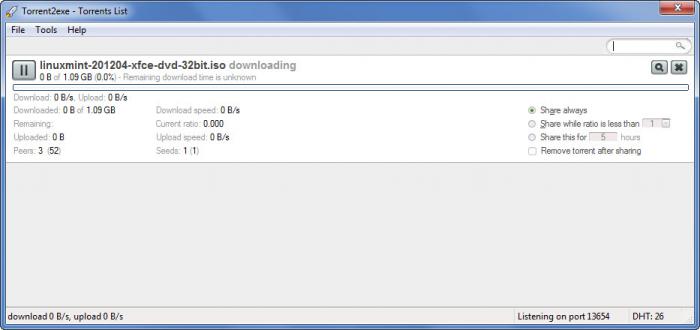

Knowing the above, how can TUIs be designed for intuitive, powerful and enjoyable interaction with temporal digital media? In answering these questions this thesis lays the foundations for the development of advanced temporal-TUIs (temporal media tangible user interfaces). How can time be controlled in a tangible interface? 3. How can time be represented in a tangible interface? 2.

The challenge of designing tangible interfaces for handling temporal digital media breaks down into three main questions: 1. Variations of the BeatBearing are compared to evaluate the ability of the temporal-MCRit in assisting the designer of new temporal- TUIs. The BeatBearing tangible rhythm sequencer is presented in this thesis as an instrument designed to explore the tTUI design space and develop the interaction model. The aim in proposing the interaction model is to encourage the design of tangible interfaces that go beyond a simple spatial mapping of time, towards future designs that allow fluid, intuitive interaction with temporal digital media. This new interaction model can be used to both analyse existing systems, and synthesise new ones. This thesis proposes and evaluates the temporal-MCRit interaction model a conceptual model of how time can be used in tangible user interfaces, adapted from a standard TUI model. Rather than following a prescriptive route of giving the designer a set of guidelines, this thesis takes the more open approach of creating a design-space and interaction model that can help synthesise new design ideas, helping to draw attention to lesser explored areas. The designer gets to decide what sound and musical structures look and feel like and how they behave. The challenge in designing tangible interfaces for temporal media is also one of the things that makes the area exciting, namely that music and sounds are not existing physical objects therefore representing them as objects provides the designer with a very wide selection of possibilities.
PHOTOSOUNDER TORRENT5 HOW TO
This thesis proposes that a detailed study of how time may be used within tangible interfaces is required in order to allow a better understanding of how to design new tangible interfaces for manipulating temporal media. Musical applications of tangible interfaces are successful because they solidify the ephemeral sounds and structure of music, presenting them to the player as readily graspable bricks, pucks and tangible objects. Tangible user interfaces provide a powerful and intuitive means of interact- ing with digital information, creating a seamless connection between the cyberspace of ‘bits’ and the physical world of ‘atoms’.
PHOTOSOUNDER TORRENT5 SOFTWARE
The spiroid-frequency-space representation is introduced, contextualised, and combined both with those themes and a bespoke geometrical drawing system (named thisis), to create a new modular computer music software environment named sdfsys.

Through compositional studies of different approaches to the problem of looking at sound in software, on screen, a number of conceptual themes emerge in this work: the idea of software as substance, both as a malleable material (such as in live coding), and in terms of outcome artefacts the direct mapping between audio data and screen pixels the use of colour that maintains awareness of its discrete (as opposed to continuous) basis the need for integrated display of parameter controls with their target data and the tildegraph concept that began as a conceptual model of a gramophone and which is a spatio-visual sound synthesis technique related to wave terrain synthesis. Technological factors of mediating these aspects for the interactive visual-domain of software are considered, and a techno-aesthetic understanding developed. The project begins by asking: How might the ways in which sound is visually represented influence the choices that are made while those representations are being manipulated and organised as music? Which aspects of sound are represented visually, and how are those aspects shown? Recognising sound as a psychophysical phenomenon, the physical and psychological aspects of aesthetic interest to my work are identified. Towards greater understanding of composing with the software medium, initial questions are taken as stimulus to explore the subject through artistic practice and critical thinking. This practice-based research (conducted 2009–2013) explores visual representation of sound in computer music software. Presented through contextualisation of the portfolio works are developments of a practice in which the acts of programming and composition are intrinsically connected.


 0 kommentar(er)
0 kommentar(er)
